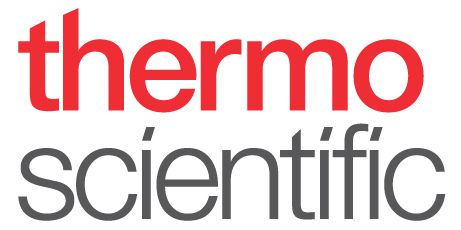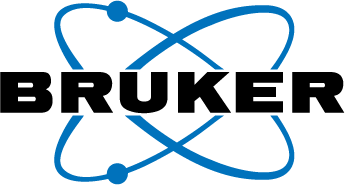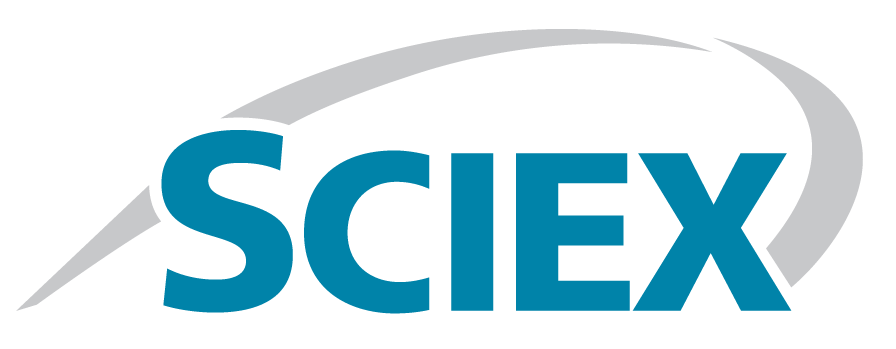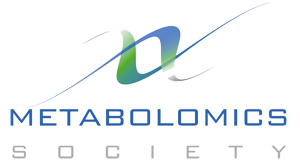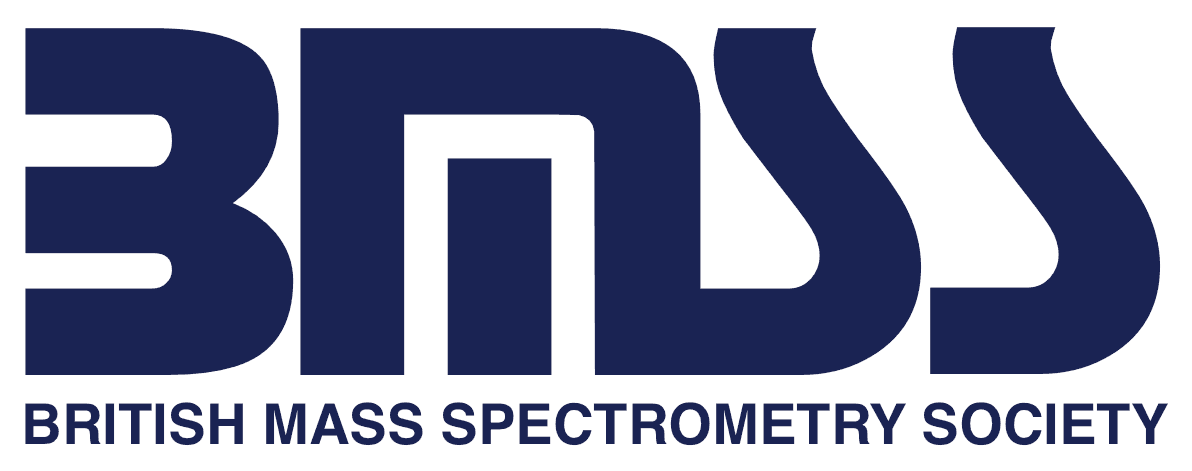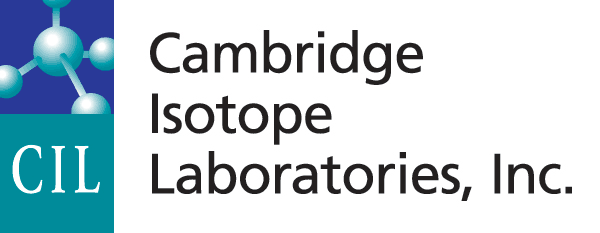MSACL 2015 USSan Diego: Mar 28 - Apr 1 |
Details
MSACL US
|
Plenary Lecture Series
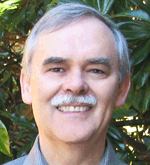 | MSACL 2015 US - Distinguished Contribution Awardee Tandem Mass Spectrometry in Clinical Diagnostics, Newborn Screening and Targeted Metabolomics David Millington Duke Medicine, Department of Pediatrics A personal account of a journey spanning more than 30 years of applied mass spectrometry in a clinical setting is summarized in this lecture. Inspired by a clinician’s account of a child rescued from near death by a revolutionary therapeutic intervention, the author applied chemistry and mass spectrometry to solve an analytical challenge that led to the first front-line diagnostic test performed by MSMS – the analysis of acylcarnitines to recognize and diagnose inherited disorders of fatty acid and branched-chain amino acid catabolism. By applying this method to dried blood spots and adding an additional analytical component to include certain essential amino acids, a novel multiplex assay was developed to screen newborns for over 30 inherited metabolic conditions with a single test. This concept subsequently became the basis of a targeted metabolomics platform that was used to help identify new animal models of metabolic disease by screening the offspring of genetically modified adults. MSMS with UPLC has been widely applied to develop new assays for useful biomarkers of metabolic disease for both diagnosis and therapeutic monitoring. Examples from the author’s laboratory will be used to illustrate the value and scope of these methods. |
 | Phenotypings for Pharmacogenomics and Precision Medicine Nigel Clarke Quest Diagnostics Precision medicine, also known as personalized medicine, is the term used for the model of health care involving the selection of diagnostic tests that have the potential to guide the physician towards the most efficacious course of treatment for the individual patient. The promise of precision medicine is a reduction in extraneous patient treatment with a concomitant increase in disease management efficacy based around the concept of “the correct drug for the correct reason”. This lecture will look at the role of precision medicine based around mass spectrometry and genetics; specifically the treatment of breast cancer with Tamoxifen and its metabolites. PK/PD relationships and their role in the use of pro-drugs such as Tamoxifen in the face of the various genetic mutations in the CYP family will be defined and the use of individual patient phenotypic metabolite measurements will be examined. |
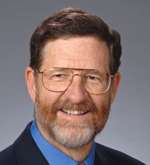 | Innovations for Translating Metabolomics into the Clinical Laboratory Rick Yost University of Florida Translating rapid advances in mass spectrometry and metabolomics into the clinical laboratory portends major changes in clinical analysis. Innovations in mass spectrometry, including ion mobility and FAIMS, ambient ionization, imaging mass spectrometry and global metabolomics all offer the opportunity for developing more sensitive, selective and rapid methods for the clinical laboratory. This lecture will include a perspective on the changing landscape for mass spectrometry in the clinical laboratory, insights into instrumental innovations, and examples of clinical applications. |
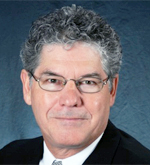 | Microfluidic Devices and Microscale Mass Spectrometry: Integration of Miniaturized Technologies for Acquiring Biological Information J. Michael Ramsey University of North Carolina at Chapel Hill Mass spectrometry is a label free measurement technique that provides primary structure in addition to quantification, provided the target molecules can be placed into the gas phase as ions. While electrospray ionization has largely solved the problem of converting liquid-borne analytes into the gas phase ions, mass spectrometry has had the burden of being instrumentally complex, costly, and unwieldy. The primary reason for the size, weight, and cost of mass spectrometers is the vacuum systems conventionally required for their operation. Over the past decade, we have been developing miniaturized mass analyzers that relax the necessary mean-free-path for operation. As a result these instruments can operate at pressures many orders of magnitude higher than conventional instruments, e.g., in the 1 Torr range. We refer to this mode of operation as High Pressure Mass Spectrometry (HPMS). HPMS allows mass spectrometry platforms that have size, weight, and power metrics that are all at least an order of magnitude smaller than the most compact conventional platforms. We have also been involved in integrating nano-electrospray (nESI) functionalities to microfluidic separation devices that yield state-of-the-art separations and nESI efficiency. The coupling of microfluidic nESI devices with HPMS platforms and their potential applications will be discussed in this presentation. |
 | The Rise of Intelligent Machines and What It Means to the Lab and Healthcare Randall Julian Indigo BioAutomation Intelligent machines teamed with experts are superior to experts working alone. This will have profound effects on the nature of healthcare delivery. Further, the advance of automation is already having a significant effect on labor markets, and there is no reason to believe healthcare will not be impacted. In this lecture examples of human-machine teams will be given. Also, the impact on society of the increased role of smart machines will be discussed. Comparisons between the first and second machine ages will be used to draw out the consequences, benefits and difficulties we will face as a scientific community. |


